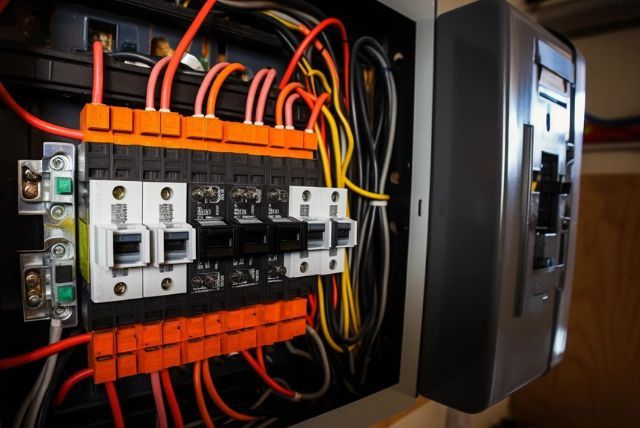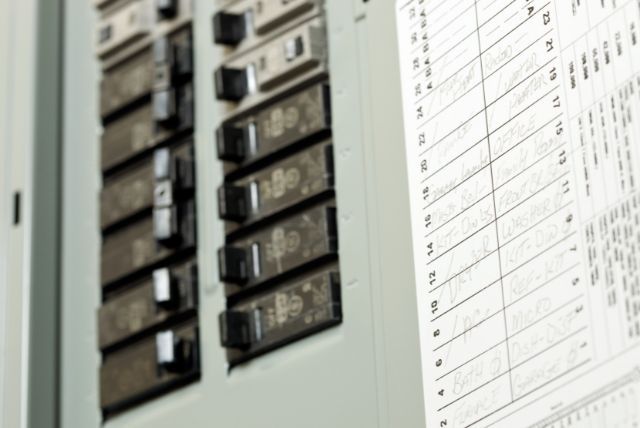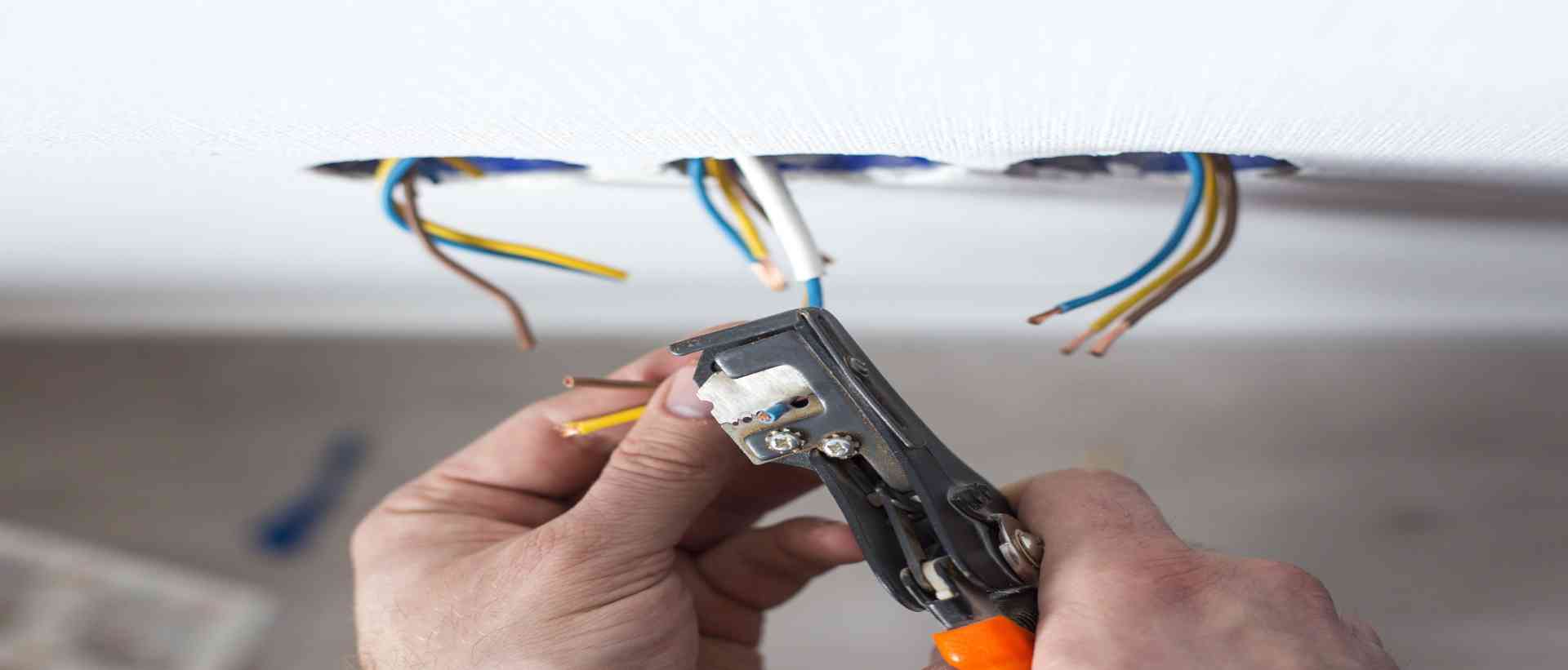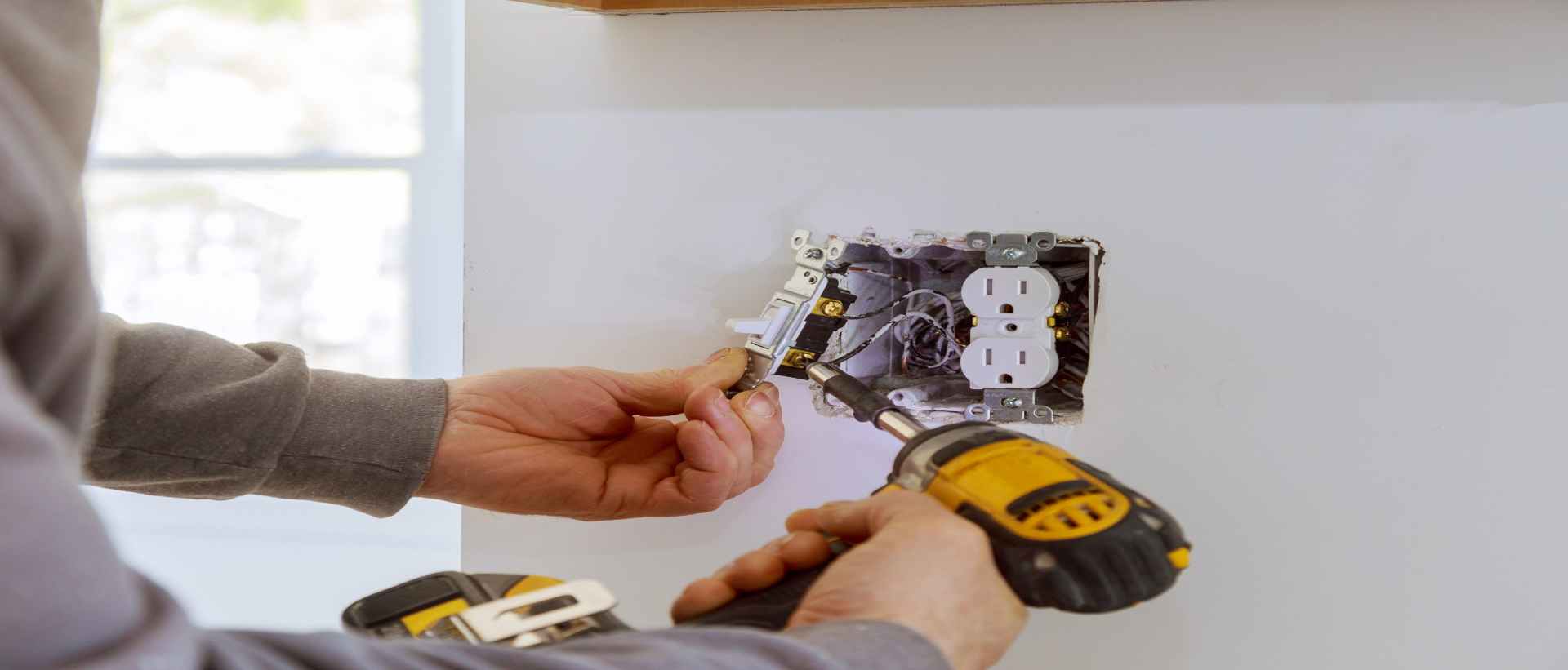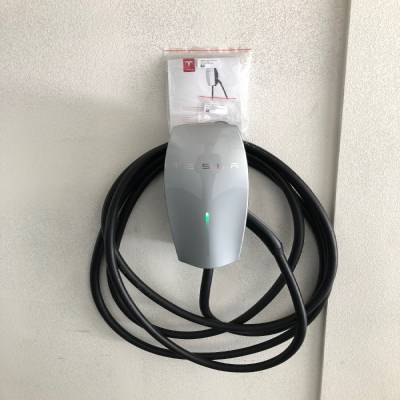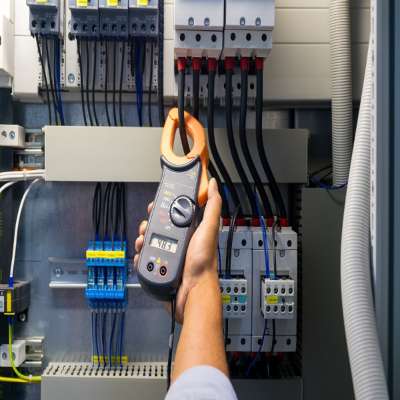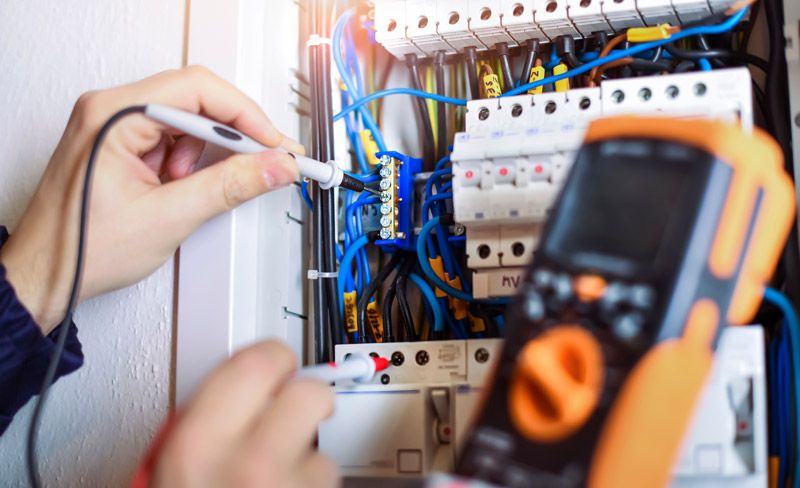Maximizing Your Home’s Electrical Potential with Panel Upgrades
The electrical panel in your home plays an essential role in providing power to your living space. It’s important to pay attention to signs that it may need an upgrade, such as flickering lights or circuit breakers tripping, as upgrading your electrical panel can provide many benefits. Knowing what to expect during the home electrical upgrade process can help you plan accordingly for the job.
The Role of Your Homes Electrical Panel
The electrical panel, also known as a circuit breaker, is an integral part of any home’s electrical system. It serves two primary purposes: to protect the wiring and electrical components from damage and to provide emergency shutoff of power in case of an electrical emergency. The breaker panel is usually located in the basement, garage, or other accessible location. In most cases, it consists of several breaker switches, each controlling a different circuit in the house.
In addition, the panel serves to regulate the flow of electricity in the home. Each of the individual breaker switches is programmed to trip if too much power travels through the circuit. This greatly reduces the risk of overloaded circuits, which in turn reduces the risk of dangerous electrical fires. Similarly, the breaker panel provides a safe, organized means of connecting or disconnecting any particular circuit in the home.
All of the wiring, outlets, and other components in the home must be connected to the electrical panel in order for the electricity to flow safely and correctly. Therefore, regardless of the size or type of home, the electrical panel must be properly maintained in order to ensure a safe, efficient electrical system. This means checking the wiring and connections regularly, as well as ensuring that the breaker switches are in good condition.
The electrical panel should be inspected on an annual basis to ensure that all components are in good working order. It is important to note that only a licensed electrician should be allowed to inspect the panel. Even though it’s possible to replace individual breaker switches, it’s safer to let a professional handle any repairs or replacements. Lastly, familiarity with the location of the electrical panel in the home can be an important factor in the case of an emergency.
It is of the utmost importance that all home owners are aware of the importance of their electrical panel and the role it plays in providing a safe and efficient electrical system. Regular inspection and maintenance by a licensed electrician can ensure that the system is Well-functioning and safe for all home inhabitants.
Signs It’s Time for an Electrical Panel Upgrade
In some cases, an electrical panel upgrade may be necessary in order to keep your home running faster and smoother. While not all homes require this upgrade, understanding the signs of when it is necessary is important. Here are some of the key signs that you may benefit from an electrical panel upgrade.
First, flickering lights is a common sign that your home could benefit from an electrical panel upgrade. Flickering lights can be an indicator that your home’s electricity is having difficulty keeping up with the appliances and electronics in your home. Furthermore, age should also be taken into consideration, as older homes may need more electricity to meet the demands of modern technology. If your home is over 40 years old, it is worth considering an electrical panel upgrade.
In addition, feeling warm or hot air near the electrical panel is another indication of the need for an upgrade. If your panel is getting warm, it could be an indication that it is working too hard or not well suited to the technology in your home. As a result, the extra heat generated by your panel may be causing it to overwork and eventually fail. Therefore, it is important to install a more powerful and modern electrical panel before the old one loses the ability to provide power.
Hearing buzzing or humming sounds is also a sign that your electrical panel could be in need of an upgrade. This could be indicative of several issues, including loose electrical connections or a worn-out circuit breaker. Similarly, having multiple extension cords and power strips could be another sign that your electrical panel is not providing enough energy to your home.
All in all, it is important to be able to recognize when an electrical panel upgrade is necessary. By recognizing some of the common signs, you can be proactive in providing the power and stability your home needs. It is always advisable to consult a certified electrician to confirm whether an upgrade is necessary and to provide a safe and thorough installation.
The Benefits of Upgrading Your Homes Electrical Panel
Upgrading an electrical panel is a great option for homeowners looking to increase the efficiency and safety of their homes. An electrical panel upgrade increases the amount of electricity flowing to your home: a larger panel can provide more power for modern appliances, computers, lighting, and other electronic appliances. It can also account for additional electrical requirements in the future.
Aging electrical panel systems often suffer from loose or corroded wires and connections. This increases the risk of electrical fires or outages, and can cause confusion and frustration among family members. An updated electrical panel system provides a sense of safety and security. With a new system, all the components are neatly coated and protected from moisture, leading to fewer fires, shocks and power outages.
On the other hand, an outdated electrical panel can cost you more money in the long run. Old panels struggle to regulate the voltage, resulting in higher electric bills due to wasted energy. Therefore, an upgrade to a newer panel allows for more cost-efficient use of energy, saving you money on your utility bills.
In addition, modern electrical panels are safer than their outdated counterparts. An updated panel is much less likely to suffer from a short circuit, which is one of the leading causes of electrical fires. Similarly, newer systems have more breakers, which are designed to shut off if an abnormal surge in current is detected. This ensures that even if the circuit becomes overloaded, the power will immediately shut off, preventing damage and possible injury.
Finally, modern panels use fewer materials. This results in fewer costs to install and maintain, as less wiring and components need to be replaced. As a result, an upgrade is a great option for homeowners looking to invest in the safety and efficiency of their homes.
The Home Electrical Upgrade Process: What to Expect
The home electrical upgrade process is an important part of home upkeep and safety. It is essential to understand the general steps to expect in this process so that homeowners can adequately prepare for the project.
The first step is to hire a professional electrician. A certified electrician should be able to identify potential problems in an existing electrical system and address the issues as needed. The electrician will then provide an estimate of the costs for the project, including labor, materials, and any additional services. The electrician should also provide clear instructions regarding the expected timeline for the project.
Once the project has been approved, the electrician will begin the actual installation process. This will include running new wires and protecting them from moisture, as well as replacing old fixtures such as light switches and outlets. In addition, any new appliances that require electrical connections will be wired. Similarly, circuit breakers and other safety features may need to be added.
During this installation process, the electrician will also be in charge of properly disposing of any old wires, fixtures, and other materials. They will ensure that all debris is removed from the home and disposed of in the proper way.
Finally, the electrician will then inspect the newly upgraded system. Once approved, the homeowner can then enjoy the benefits of a safe, reliable electrical system. As a result, it is important to find a reliable professional who has experience in home electrical upgrades. With the right electrician, the process of updating a home’s electrical system can be completed smoothly and efficiently.
Final Thoughts
The role of a home’s electrical panel is simple, yet vitally important, as it helps protect from power surges, fire hazards, and other potential disasters. Signs that it’s time to upgrade one’s electrical panel include frequent fuse trips and power outages, the age of the existing panel, and the use of extension cords. Upgrading can result in cost savings, increased efficiency and safety throughout the home, and technology readiness. The process typically costs a few hundred dollars, and is done over the course of a couple of days, with the help of a certified electrician.
Frequently Asked Questions
Why is upgrading your electrical panel important for your home?
Upgrading your electrical panel is important for a few reasons. First, it can help prevent overloading the existing electrical circuit, which can cause house fires and other damage. Second, it can improve energy efficiency as a newer, upgraded electrical panel can allow for more efficient use of power. Finally, it can help accommodate the increased electrical needs of a growing household with the addition of new electronics and appliances, which can overburden an outdated, under-powered panel.
What are some common signs that indicate the need for an electrical panel upgrade?
Common signs that indicate the need for an electrical panel upgrade include:
-Circuit breakers trip frequently or will not reset
-Flickering or dimming lights
-Frequent blown fuses
-A burning smell coming from the electrical panel
-A buzzing or sizzling noise coming from the electrical panel
-Burn marks around the panel or outlets
-Outdated or obsolete circuit breakers
-Breakers are not up to code
-The panel is not equipped to handle the current load of your home
How can an upgraded electrical panel maximize your home’s electrical potential?
An upgraded electrical panel can maximize your home’s electrical potential by ensuring the electrical system in your house is able to handle an increased level of power. By upgrading your electrical panel, you can get larger breakers for more circuits and more power to devices like air conditioners, heaters, and other appliances. This can help allow more electricity flow as well as providing more safety and reliability. Additionally, an upgraded electrical panel can give you more outlets and better features.
What should you know about the process of upgrading your electrical panel?
When upgrading your electrical panel, you should always ensure that the size and method of installation meet all local codes and requirements. Additionally, you should ensure that the panel has the appropriate amperage for your home’s needs. If the panel is too small, you may have problems with overloading the circuit. It is also important to use a qualified electrician who is experienced in this type of installation. Finally, a reliable surge protector should be installed in order to protect your electrical components from power surges.
